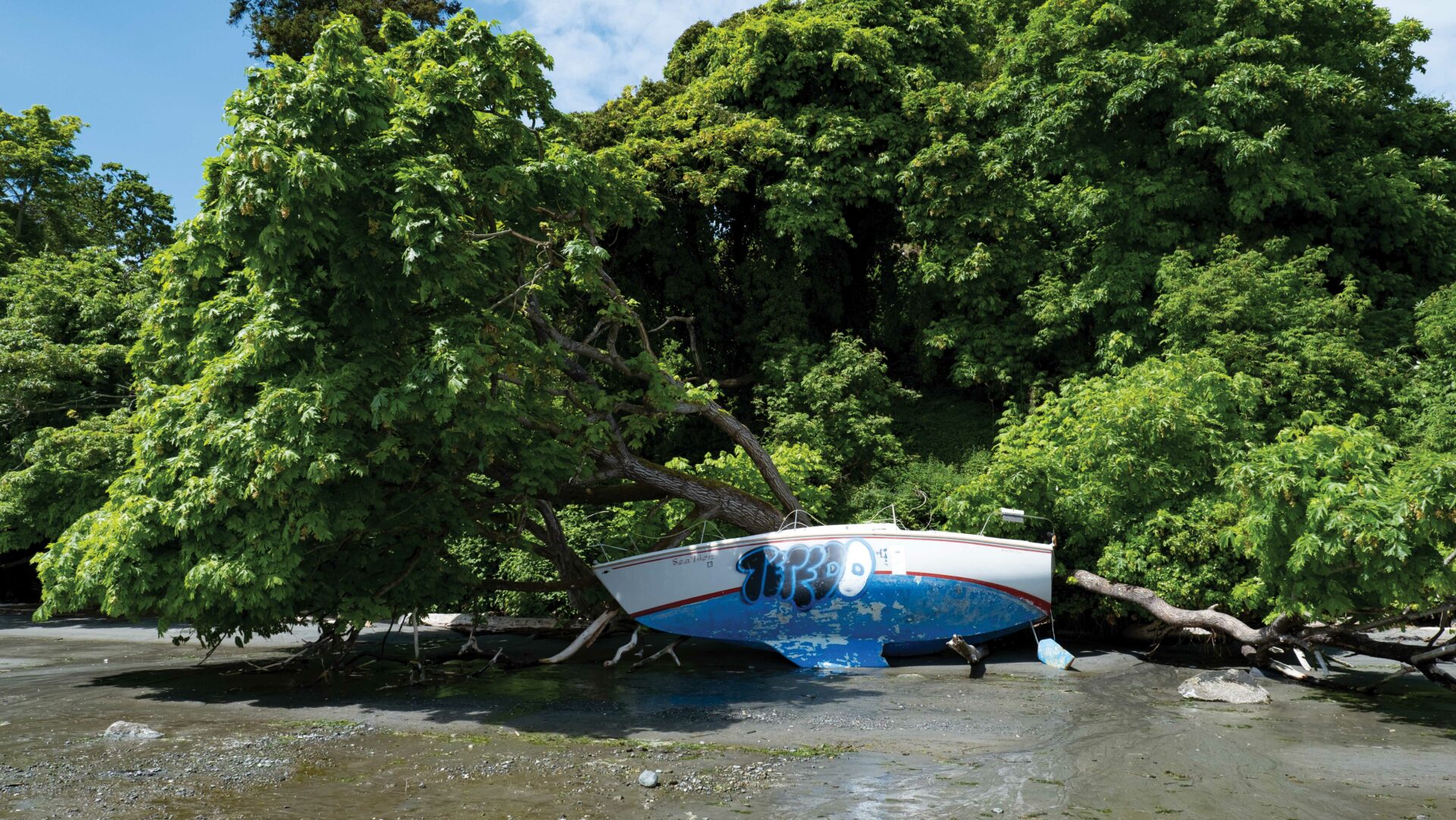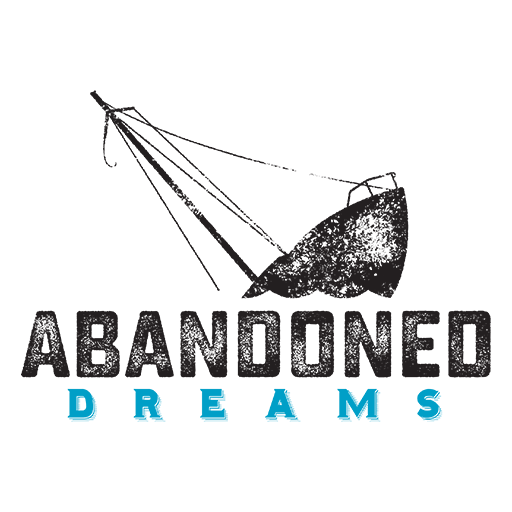
The Cost of Wrecked, Abandoned & Hazardous Vessels
Beginning in 2023, boat owners may find themselves paying two new fees
Anyone who has spent any time in harbours or along the coastline of BC knows we have a problem. For decades, unwanted boats have been abandoned in our waterways; threatening habitats, contaminating the marine environment and posing a hazard to other vessels.
In 2016, as part of the Oceans Protection Plan (OPP), the National Strategy to Address Canada’s Wrecked and Abandoned Vessels was set in motion with the plan of assessing and then removing problem vessels. Over a five-year period (ending in March 2022), almost $8 million was committed to finding, removing and researching recycling methods for wrecked and unwanted boats—with some of the money going toward education and outreach. Despite this initial effort, the National Inventory of Vessels of Concern still lists over 2,000 problem boats with the majority of them (about 60 percent) in BC.
While most of the 2,000 Vessels of Concern are considered legacy boats; vessels that were identified before the Wrecked, Abandoned or Hazardous Vessels Act (WAHVA) of 2019 came into effect. Their numbers are still increasing. This is partly because while WAHVA was meant to strengthen vessel-owner responsibility and make it illegal to abandon an end-of-life boat, there are still a lot of near-derelicts and new wrecks out there that are either not clearly linked to an owner, or the owner doesn’t have the ability to take responsibility for the vessel.
This is where the proposed new fees would come in.
One thing we’ve learned over the past few years is that our current licensing system isn’t working very well. Pleasure Craft Licences (the unique number used to trace a vessel to its owner) are administered through an antiquated system and the database that records them is badly out of date. Meanwhile, there are no easy, or affordable, ways to dispose of old boats. So, vessels often pass from owner to owner until they have no value left and it’s cheaper and easier to abandon or give them away than it is to cart them off to a landfill.
This is the two-pronged problem that Transport Canada hopes to tackle with the proposed fees that recently underwent public consultation. If all goes ahead as Transport Canada has outlined, starting in 2023, a five-year Pleasure Craft Licence (PCL) will cost a boat owner $15, and a new Vessel Remediation Fund will be funded with an additional $10 per vessel every five years—to be paid at the same time as your PCL fee.
Pleasure Craft Licensing Fee = $15
Currently there are roughly 100,000 pleasure craft licensing service requests processed each year in Canada, free of charge. While current licences are good for 10 years—there are still grandfathered licences out there that have no expiry date. The proposed change would set the service fee at $15 to process an application to obtain, renew, transfer, or duplicate a new five-year PCL. Transport Canada estimates it currently costs $15.55 per transaction.
Th e new regulations will include all pleasure craft, regardless of length, equipped with motors of 10 horsepower (7.5 kilowatts) or more, as well as all boats over six metres in length with small or no motors (with the exception of human-powered canoes and kayaks). The regulations will also be updated to give Transport Canada the authority to suspend or cancel a licence and all the old no-expiry-date licences will be phased out. These changes are intended to help keep the licence database up-to-date—making it easier to identify an owner in an emergency, or in the case of a wrecked and abandoned boat.
Proponents of the new plan think it’s valid to add a fee for the service—much the way you’d pay a fee to licence a car. Opponents, including the National Marine Manufacturers of Canada (NMMA Canada) noted that while the current system needs replacing, it’s so out of date that it needs a major overhaul and the $15 fee may not be enough. In a statement submitted during the public consultation process, NMMA Canada suggested Transport Canada use this opportunity to fully modernize the system to, in part, help track trends in boat sales and boat usage:
“We agree that government programs that exclusively serve a specific population, such as recreational boaters, should be financed by user fees as opposed to the general tax base. We also applaud changes that enhance the accuracy of pleasure craft licensing data without adding red tape and undue burden onto boaters. However, we are concerned that a nominal fee of $15 every five years will not collect enough revenue to improve the PCL system, which has major limitations and data flaws in the PCL database.”
Others argue the system is fine the way it is—and oppose any changes—or new fees.
Vessel Remediation Fund = $10
The second fee proposed by Transport Canada is meant to create a Vessel Remediation Fund, based on a polluter-pays principle. The rationale is that because boat owners currently have limited ways to dispose of old boats, all boaters should pay to clean up the coastline and fund the needed research to improve recycling and end-of-life options for all vessels—rather than the entire burden falling on the final owner.
The government’s recommendation is that the owners of Canada’s 2.7 million licenced or registered pleasure craft pay a flat fee of $10 every five years toward this fund. This would be in addition to the $15 for processing an application to obtain, renew, or transfer a PCL. The cumulative cost of the proposed regulatory charge and PCL service fee would be $25 every five years.
Owners of the 37,000 registered commercial/non-recreational vessels would be charged fees on a sliding scale—with small vessels below 15 gross tonnage being charged $250 and the large vessels above 150 gross tonnage being charged $1,000.
The government has calculated that it will cost about $351 million to remove and dispose of the 2,000 wrecked and abandoned boats currently listed in the inventory (about $320 million for commercial/non-recreational vessels and $31 million for pleasure craft). The proposed fee is estimated to bring in up to $9.4 million per year, resulting in the removal of up to 1,143 pleasure craft and up to 114 commercial vessels over 10 years.
Proponents of the fee point out that $10 every five years is a small amount of money—and it’s not out of line with what many US states and Australian territories charge. Opponents point out that we have a problem with wrecked and abandoned boats because there’s a lack of enforcement and the first step should be ensuring the vessel’s owners pay for the cleanup. Other boat owners worry the fund will be costly to administer and that the money will simply end up in the government’s general coffers.
The consensus though is we have a problem—and as boat owners and nature lovers most of us are more than willing to contribute to the solutions—we just want to ensure any changes Transport Canada makes will be effective.
